We all know that white light is essential for restoring the true colors of corals and fish. But have you ever considered that the blue and red light modes on your dive light are far more than mere "novelty features"? They are professional tools for exploration, observation, and creativity. Mastering the art of blending these light sources will completely transform your diving experience and open a door to an invisible world.

Blue Light: Unleashing the Ocean’s Fluorescent Feast
The core purpose of blue light (typically at a wavelength of 440–460 nm) is to excite biofluorescence—a superpower possessed by many marine creatures. They absorb high-energy blue light and re-emit it as another color (such as green, red, or orange).
-
How to Operate:
-
Environment: Must be conducted during night dives or twilight dives in near-total darkness.
-
Light Source: Use the pure blue light mode of your dive light as the excitation source. Ensure all white light is turned off.
-
Filter: Attach a yellow barrier filter to your camera lens. This filter blocks reflected blue light while allowing the creature’s emitted fluorescence to pass through, enabling you to see those incredible neon colors directly in the viewfinder.
-
Lighting Technique: Sweep the blue light beam like a paintbrush. Move slowly and watch closely for reactions from corals, sponges, shrimp, crabs, and certain fish. You’ll witness a hidden, almost alien-looking fluorescent garden come to life.
-
-
Creative Application: Even without a filter, shooting video illuminated solely by blue light can create a deep, mysterious, and eerie atmosphere, simulating the lighting conditions of the extreme depths.

Red Light: Stealth Mode for Observation
The physical property of red light (wavelength around 620–780 nm) is that it attenuates rapidly in water, and most marine life’s eyes are insensitive to it.
-
How to Operate:
-
Environment: Suitable for night dives or low-light conditions.
-
Uses:
-
Stealth Observation: Want to approach a shy octopus or observe a sea slug’s natural behavior without scaring it away? Switch to red light mode. It’s bright enough for you to see details, but nearly invisible to them, making you a true "stealth" observer.
-
Preserving Night Vision: White light instantly destroys your dark-adapted night vision. When you need to check your dive computer, adjust camera settings, or signal your buddy, using a dim red light minimizes disruption to both your and their night vision.
-
Focus Assistance: When shooting highly light-sensitive creatures, use low-intensity red light to assist the camera’s autofocus—a much friendlier alternative to startling them with white light.
-
-

White Light: The Foundation of Color Accuracy and Creativity
White light (especially neutral white, around 4500–5500K) remains the cornerstone of underwater photography for our most familiar purposes:
-
Color Correction: Replenishes the red and yellow spectra absorbed by water, restoring the scene’s true colors.
-
Focusing: Provides ample illumination for the camera’s autofocus system.
-
Main Light Source: Serves as the primary light for video and photos, shaping light and shadow.
Advanced Strategy: Directing Your Beams
The true artistry lies in using multiple light sources simultaneously.
-
Scenario 1: Fluorescent Portrait
-
Main Light: Use blue light from the side to excite the subject’s fluorescence.
-
Fill Light: Use a very faint white light (or another very low-power blue light) from another angle to gently outline the subject’s natural form, preventing it from blending entirely into the black background.
-
-
Scenario 2: Ambient Light vs. Key Light
-
Background Light: Gently illuminate the background reef with blue light to create a blue ambient atmosphere.
-
Subject Light: Use white light focused on the key subject in the foreground to make its colors true and prominent, creating a strong visual contrast.
-
-
Safety and Workflow: Always use white light as your primary source for navigation and overall situational awareness. Reserve blue and red light for manual activation when specific observation or creative purposes are needed.

Exploring these different light spectra is like acquiring a全新的 set of senses. It requires you to observe the ocean more slowly and meticulously, thereby discovering wonders that remain forever hidden under traditional white light.
To ensure your creativity remains unbounded, we highly recommend professional dive lights equipped with full-spectrum light sources (white/blue/red) and independent control. Such a light allows you to seamlessly switch between modes—from macro to wide-angle, from observation to shooting—offering ultimate flexibility for any underwater scenario. Stop merely illuminating. It’s time to start exploring.

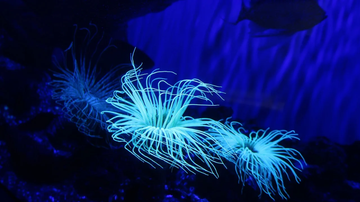
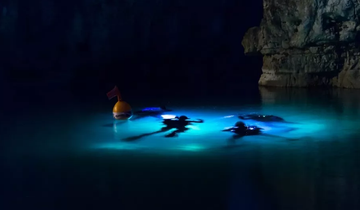
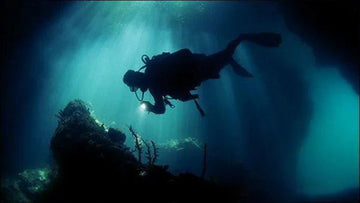
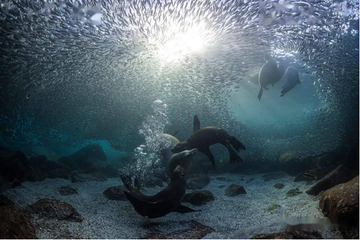
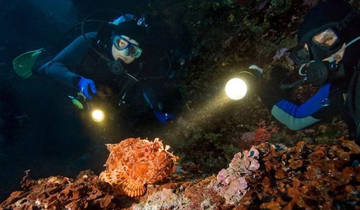
7tnopc
7tnopc